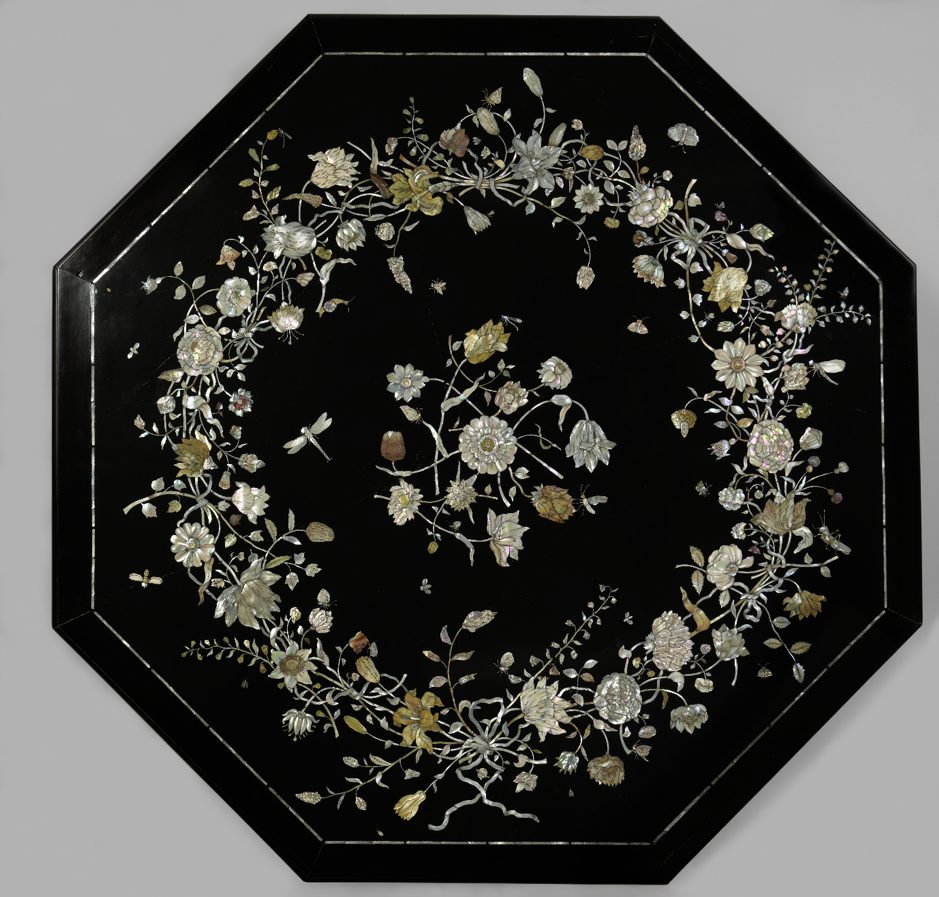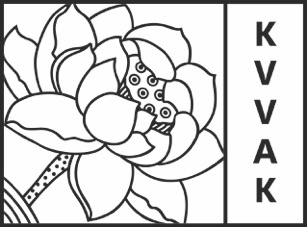‘Hier blinckt de schoone regenboog’: Dirck van Rijswijck’s mastery of mother-of-pearl as a manifestation of the rainbow

Dirck van Rijswijck was among the foremost Amsterdam craftsmen of the seventeenth century to experiment with and respond to the influx of imported Asian commodities and raw materials. He is best known for his exquisitely made floral still lives made from mother-of-pearl inlayed into an ebony or touchstone ground. By contrasting the shimmering mother-of-pearl against a highly polished black background, Van Rijswijck was intentionally adopting and adapting the visual appearance of imported Asian lacquerware into a distinctly Netherlandish iconography. This visual and material hybridity was a central aspect of the appreciation of Van Rijswijck’s works, but was however, not the only one.
His artistry was celebrated by several contemporaries who witnessed works in his studio, not least by Joost van den Vondel. In a poem by Vondel, lauding an elaborately inlayed table, one striking passage compares the various intermingling of colours seen in the mother-of-pearl to a rainbow. This paper seeks to argue that such a description was not incidental. Though the specific structural coloration of mother-of-pearl was unknown, the study of optics and colour was a locus of debate and contestation. The rainbow was an object of fascination both in science and art. This interest in and development of the study of optics and the rainbow by natural philosophers, such as René Descartes, was also manifested in the art literature of the period.
By reassessing Van Rijswijck’s manipulation of mother-of-pearl in the context of this debate, this paper reveals this additional layer of interpretation, bridging both ars and scientia. His works were thus appreciated not only for their, visual splendour, exquisite craftsmanship and allusion to Asiatic lacquerware, but also for their visual manifestation of the rainbow and associated with the contemporary debate on the knowledge of optics.
Bio
Iabelle Stone is a current graduate student at Utrecht University pursuing her research Master’s in art history. She recently interned at Paleis Het Loo in Apeldoorn, where she researched the Asian porcelain collection of Mary Stuart II. She received her Bachelor’s degree in ‘Art History and Visual Culture’ from the University of Exeter and starts her PhD with the Open University and the Museum of the Home (London) on the project Netherlandish networks: Home-making in an age of emerging global capitalism (1565-1799) later this year. Her research interests stem from a fascination with the visual and material cultural exchange and entanglements between Asia, England and the Dutch Republic in the early modern period.
